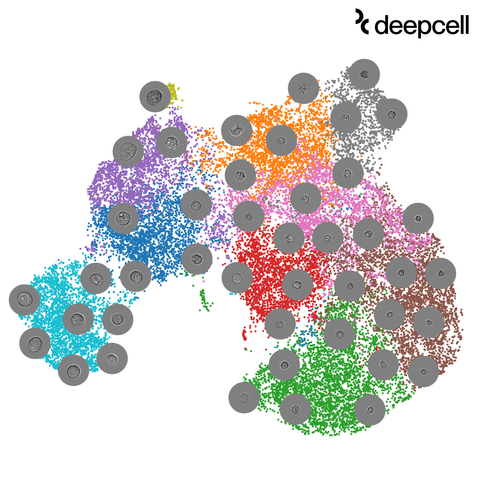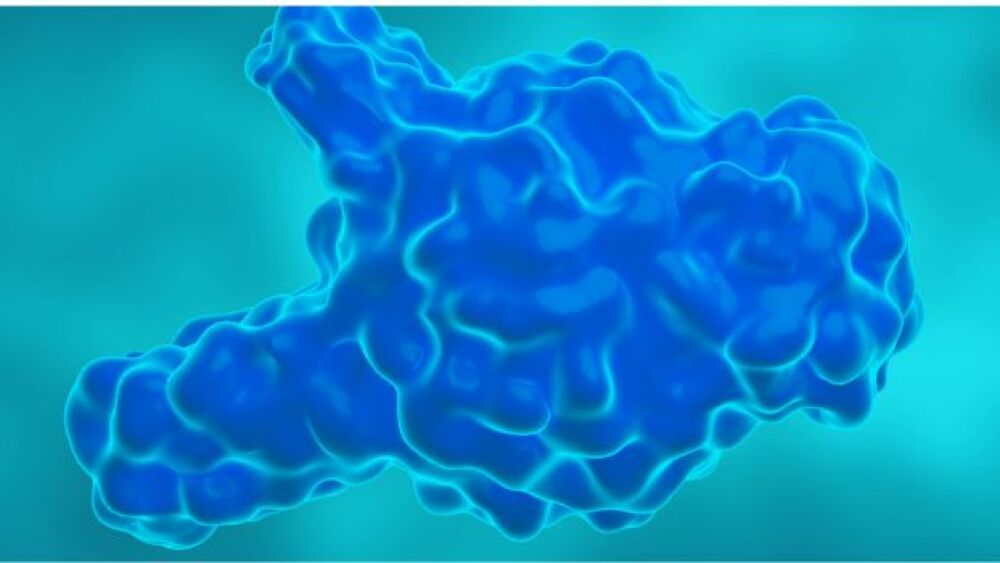Deepcell, a pioneer in AI-powered single cell analysis to fuel deep biological discoveries, today announced that it has released three data sets to enable researchers to explore novel high-dimensional morphology data.
Generated by Deepcell’s Platform with an AI foundation model trained on millions of cell images, the data sets enable scientists for the first time to explore a novel multidimensional analyte
MENLO PARK, Calif.--(BUSINESS WIRE)-- Deepcell, a pioneer in AI-powered single cell analysis to fuel deep biological discoveries, today announced that it has released three data sets to enable researchers to explore novel high-dimensional morphology data. The data sets were generated on Deepcell’s high-throughput platform, comprised of imaging and sorting instrumentation, AI models, and a software suite. Deepcell is making the new data sets available online and at the Advances in Genome Biology and Technology (AGBT) General Meeting in Hollywood, Florida this week.
This press release features multimedia. View the full release here: https://www.businesswire.com/news/home/20230206005264/en/

Deepcell releases new data sets to enable researchers to explore novel high-dimensional morphology data. To preview this high-dimensional morphology data, watch this video: https://www.youtube.com/watch?v=cEk917VzVEg (Graphic: Deepcell)
The AI model, termed Human Foundation Model (HFM), which has been trained off millions of cell images, enables scientists to easily produce high-dimensional readouts of known and novel morphology features from unlabeled cells in an unbounded hypothesis approach. The software suite also allows for the creation of custom cell classifications and identification of morphologically similar cell groups for sorting of viable cells to enable downstream molecular or functional analysis.
“Morphological variations, even within one sample, are staggeringly high and nuanced. No predetermined list of features or classes are descriptive enough to capture this wealth of information. We believe that our approach to foundation models and self-supervised learning provide an unparalleled advantage in studying cell morphology," said Mahyar Salek, President, CTO and Co-founder of Deepcell.
Deepcell’s data release will help the research community visualize the high-dimensional single cell morphology data generated on Deepcell’s platform. Until now, high content morphology data was limited to multiplexing many known markers or complicated training regimens for AI interpretation. Now easily accessible, Deepcell’s high-dimensional morphology can be used to inform discoveries across a broad variety of sample types, such as cell lines, primary body fluids, and dissociated tissue samples as well as across applications, including the characterization of complex samples, cell atlasing, cell and gene therapy development, functional screening, cancer biology, and stem cell research among others.
“Our release of these three groundbreaking data sets allows scientists to explore a completely new analyte in cell biology. Researchers can ask new questions that will enrich their understanding of cell biology and fuel novel discoveries,” said Marc Montserrat, Chief Business Officer of Deepcell. “Deepcell is establishing innovative methods in single-cell analysis by extracting actionable data that can be combined with other data for a pan-omics approach.”
This first set of data releases showcases how the technology can characterize different cell types in a heterogeneous sample in a label-free manner, and allows the user to analyze specific cellular populations of interest that are difficult to identify with molecular markers. Specifically, three human cancer data sets are available for exploration.
In the first data set, the Deepcell platform was used on a mixture of human melanoma cell lines and primary tumor samples to identify tumor, immune, and stromal cell populations in a label-free manner, using only morphology. The melanoma tumor cell population data from this data set was then selected in the Deepcell software suite and re-projected using a custom UMAP in order to gain additional resolution into this morphologically distinct subpopulation to create a second data set. This reveals the heterogeneity within these cells based on subtle morphological distinctions, including pigmentation, which can be difficult to identify using conventional methods. In the final data set, the Deepcell label-free technology was used to explore the morphological diversity of immune cell populations in the lung tumor microenvironment from a variety of human dissociated tumor cell (DTC) samples.
To access and interact with Deepcell’s newly released data sets, click here. To watch the company’s video entitled “Deepcell in Action: Explore High-Dimensional Morphology Data with the Deepcell Software Suite,” click here.
About Deepcell
Deepcell is a life science company pushing the boundaries of cell science by blending AI-powered technology, microfluidics and high-resolution optics to fuel deep biological discoveries at unprecedented rates. Dedicated to empowering scientists through the intelligence of data, community and technology, Deepcell extracts pioneering and actionable insights distinctively through the lens of cell morphology. From its early days within the labs of Stanford University, Deepcell has displayed an unwavering drive to expand knowledge through novel scientific methods that improve cell analysis and galvanize biology. As an innovator in applying deep learning to cell biology, Deepcell is a well-funded, privately-held company based in Menlo Park, CA. For more information, please visit www.deepcell.com.
View source version on businesswire.com: https://www.businesswire.com/news/home/20230206005264/en/
Source: Deepcell







